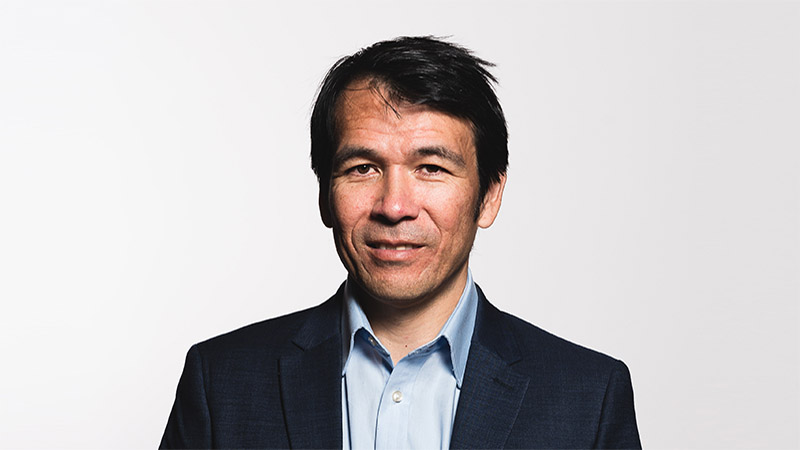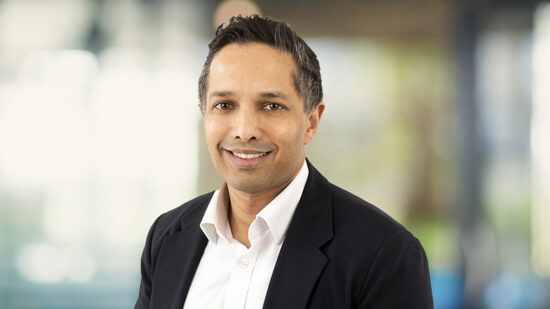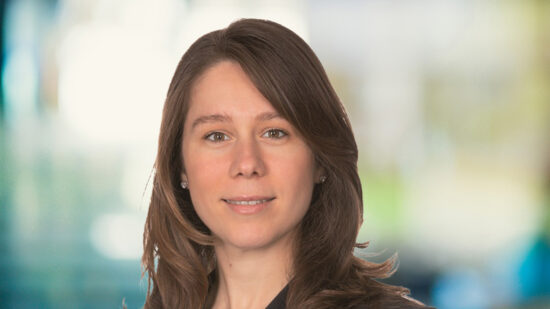By Mark Preskett, senior portfolio manager at Morningstar Investment Management Europe Limited
The age-old debate between whether to invest in an active or passive multi-asset portfolio is still rearing its head today, in some cases.
Most credible multi-asset shops today offer both solutions and, like in the wider fund management industry – the flow of assets shows that passive is the preferred choice for the majority of the adviser market specifically.
For the passive advocates the evidence is clear – fees are lower and success rates from active funds are poor. Every six months, Morningstar publishes its research on fund performance called the ‘Active/Passive Barometer’, and the latest version makes for sorry reading for active supporters.
See also: Waverton: Why we have our lowest credit allocation since the global financial crisis
Over a five-year period, only 21% of active equity funds outperformed their passive peers across all Morningstar categories. Survivorship data is equally stark – around 25% of active funds were closed/merged during that time-period and close to 50% of active funds were closed/merged over the last decade.
However, does this tell the whole story and are investors missing out on returns by ignoring the active fund industry?
Morningstar Investment Management runs passive, active and blended model portfolio services. What is interesting is that, over the past three years, we have seen better-than-expected returns and asset growth from our blended solution and, while our passive MPS remains the largest by assets under management, blended is gaining ground.
Perhaps active management can have a place in an investor’s suite of solutions? In answering this, we would make three points.
First, we can see some categories with far higher success rates for active funds. Active small- and mid-cap equity funds, for example, have among the highest success rates. Fixed income managers also fared better than equity managers on average, and within fixed income, investment-grade credit managers have performed well in contrast to narrower single-country government bond funds.
See also: Fifteen years on: Overreactions to short-term price movements a boon to long-term investors
Second, a robust research framework can help steer investors to making better fund decisions. Combine a research house’s fund ratings with category ‘base rate’ research – which brings in a conditional probability of success – with a qualitative assessment of a fund and you can increase your chances of finding manager alpha.
Third, we are observing significant fee compression in active funds. One could argue the race to the bottom in terms of passive fees is close to ending. How much cheaper can a 0.05% fee S&P 500 tracker get and how meaningful will another basis point fee reduction be to client outcomes?
On the other hand, we are seeing significant reductions in active fund fees. What was a 1.5% annual management charge 10 years ago, became 1% five years ago, and now we starting to see fees nudging below 50bps for well-resourced active equity funds.
In fixed income, the fee differential between active and passive is even tighter. For example, the institutional share class of L&G’s 1-5y UK corporate bond tracker is priced at 10bps, Fidelity offers an active offering with a credible, repeatable process and deep analyst pool for just 14bps more.
All the above means we have around half of our fixed income capital in the blended portfolio invested in active managers and can do so while remaining competitive on fees.
See also: Quilter MPS ups fixed income allocation and exits UBAM impact fund due to breach
Under the same logic, the hurdle for active equity funds is far higher and the proportion in our portfolios lower, but focusing on other factors like market breadth, tracking error and stockmarket turnover can assist with the decision-making process.
It is not a coincidence that one of the Morningstar categories with the highest success rates for active funds (China equities) also has the highest underlying stockmarket turnover.
Stockmarket turnover in China is typically more than 200%. In 2020, it was 258% and in 2015 it leapt to 480% – in other words the average holding period of a China-listed equity in 2015 was just 2.5 months. This compares to United Kingdom turnover, which was 66% in 2020, Germany at 79% and the US at 108%.
We don’t expect the active and passive debate to die down soon, but our experience in running low-cost MPS portfolios over the past decade shows perhaps active and passive funds can be happy bed fellows.







